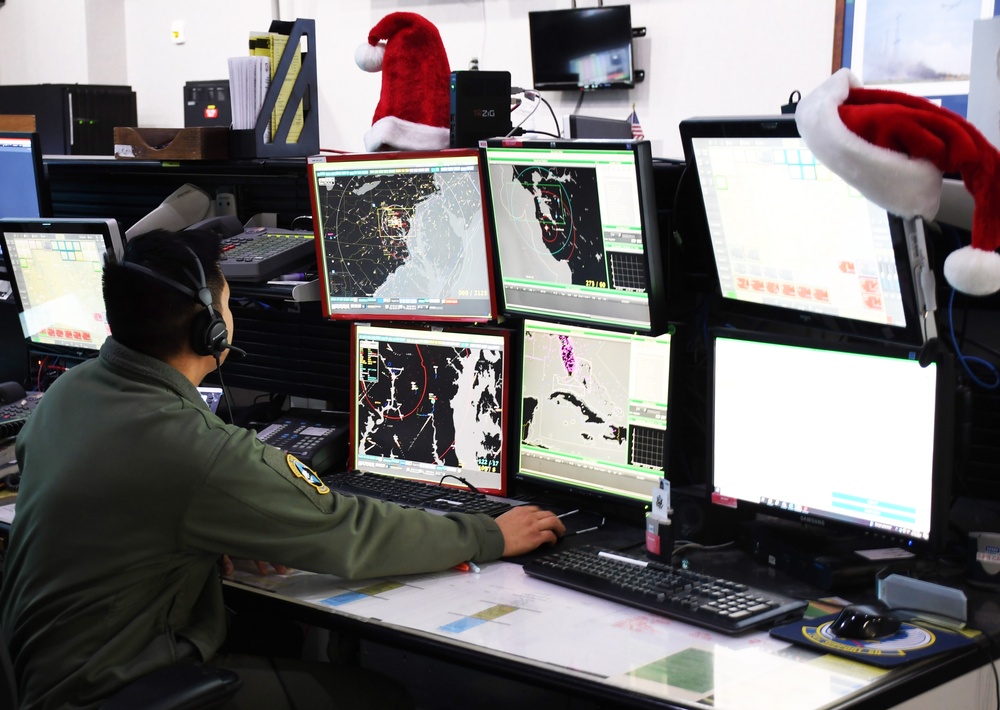DVIDS – News – B-21 B-21 Bomber program provides nearly $1 Billion in projects for the Fort Worth District
The U.S. Army Corps of Engineers, Fort Worth District is partnering with multiple Department of the Air Force organizations to facilitate the programming, design, and construction of 25 new or renovated facilities to support the B-21 Bomber, the Air Force’s newest strategic bomber.
These organizations include Dyess Air Force Base, the Air Force Global Strike Command, Department of the Air Force – Rapid Capabilities Office, Air Force Civil Engineering Center and the Air Force Installation and Mission Support Center.
This multi-department team is assembled to support B-21 Bomber’s Beddown Development Plan. Force beddown is a Department of Defense term regarding the establishment of expedient facilities for troop support to provide a platform for the projection of force.
In other words, beddown is everything needed to support the newest aircraft in the Air Force’s bomber fleet, along with all the personnel, equipment and maintenance facilities needed to accomplish the mission.
According to the Department of the Air Force, The B-21 Raider is named in honor of the historic Doolittle Raiders, U.S. Army Air Force men who are known for their surprise attack against Japan during World War II on April 18, 1942, which forced the Japanese to recall combat forces for home defense and boosted morale among Americans and U.S. allies abroad. The designation B-21 recognizes the Raider as the first bomber of the 21st century.
Overseeing the USACE role in this effort is Peter Matar, the Fort Worth District Southwest section chief, Military Branch. Matar is assisted by Central Texas area engineer, Chris Krause, Dyess account manager and B-21 program manager, Jason Price and program manager, Ed Murphy, to make up the core of the USACE component of the team.
Matar, who previously laid to rest the Fort Bliss Hospital Replacement program, is now eager to face the challenges of such a monumental program in support of the Air Force. “We stood up the program during the first quarter of fiscal year 2022 and it has picked up speed ever since and now the program is rolling at a very fast pace,” he said.
“Two projects for fiscal year 2025 are in design and we have recently completed planning charrettes at Dyess Air Force Base for three fiscal year 2026 projects which will begin design during FY2024. In addition, three more projects are scheduled for construction in fiscal year 2027,” said Matar.
With the B-21 program picking up velocity, the Fort Worth team is making plans to stand up an office at Dyess Air Force Base. Krause and a few project engineers are currently managing things from Fort Cavazos, formerly called Fort Hood, Texas.
“We are currently going back and forth from Fort Cavazos, but at some point, we will entertain the option to stand up an office at Dyess,” said Krause. “We will assemble a team from a few members of the Central Texas Area Office along with some new hires.”
It seems the Fort Worth team will enjoy a long-lasting partnership with their Raider teammates 150 miles west of the District headquarters along Interstate 20, just a stone’s throw from Abilene, Texas.
“We estimate about a $1 billion program over a ten-year period and there is the potential for future work as the facilities age, so we are in discussion with Dyess to talk about the possibility of office space,” echoed Price, the Fort Worth District’s 2023 program manager of the year.
When asked about his initial thoughts about running the daily operations, Price, who has program oversight of the planning, design and construction phases for the B-21 Bomber program at Dyess, replied, “this is a huge responsibility that requires coordination with multiple Air Force stakeholders, so understanding each agency’s expectations concerning their unique requirements is going to be essential for the success of our program.”
This program should keep the Fort Worth District team busy at least for the next 10 years. There is the potential for facility sustainment, restoration and maintenance opportunities down the road as well.
“Our goal for this program is to provide world-class, fully usable facilities that are within schedule and budget. This will greatly increase Airmen morale at Dyess AFB and mission readiness of the Air Force around the globe,” said Price.
According to Air Force officials, there are three installations designated to house the B-21s. Ellsworth AFB in South Dakota was identified as the main operating base and formal training unit, while Whiteman AFB in Missouri, will serve as an alternate operating base site along with Dyess AFB.
Additionally, Tinker AFB in Oklahoma will coordinate depot-level maintenance and sustainment of the aircraft, while Edwards AFB, California, will lead B-21 testing and evaluation.
“We are very excited about the B-21 program and our role in supporting such an important mission,” said Price.
7538113.
| Date Taken: | 06.12.2023 |
| Date Posted: | 06.12.2023 17:25 |
| Story ID: | 446829 |
| Location: | FORT WORTH, TX, US |
| Web Views: | 17 |
| Downloads: | 0 |
PUBLIC DOMAIN

This work, B-21 B-21 Bomber program provides nearly $1 Billion in projects for the Fort Worth District, by Randy Cephus, identified by DVIDS, must comply with the restrictions shown on https://www.dvidshub.net/about/copyright.


 Private Internet Access gives you unparalleled access to thousands
of next-gen servers in over 83 countries and each US state. Your
VPN experience will always be fast, smooth, and reliable.
Private Internet Access gives you unparalleled access to thousands
of next-gen servers in over 83 countries and each US state. Your
VPN experience will always be fast, smooth, and reliable.
